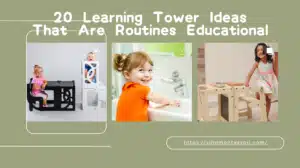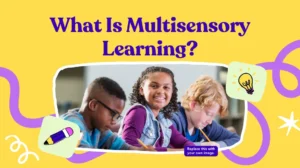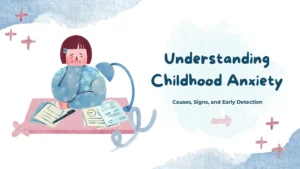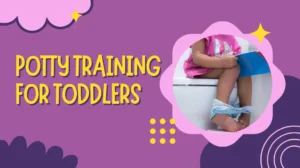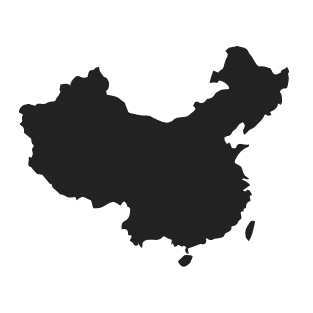There are many kinds of kindergartens, such as Montessori kindergartens, Reggio kindergartens, daycares, preschools, etc.
You can choose the right furniture and budget according to the type of kindergarten you want to build.
Below you will find the characteristics of each type of kindergarten and the type of furniture. But here are a few considerations that all kindergartens should know
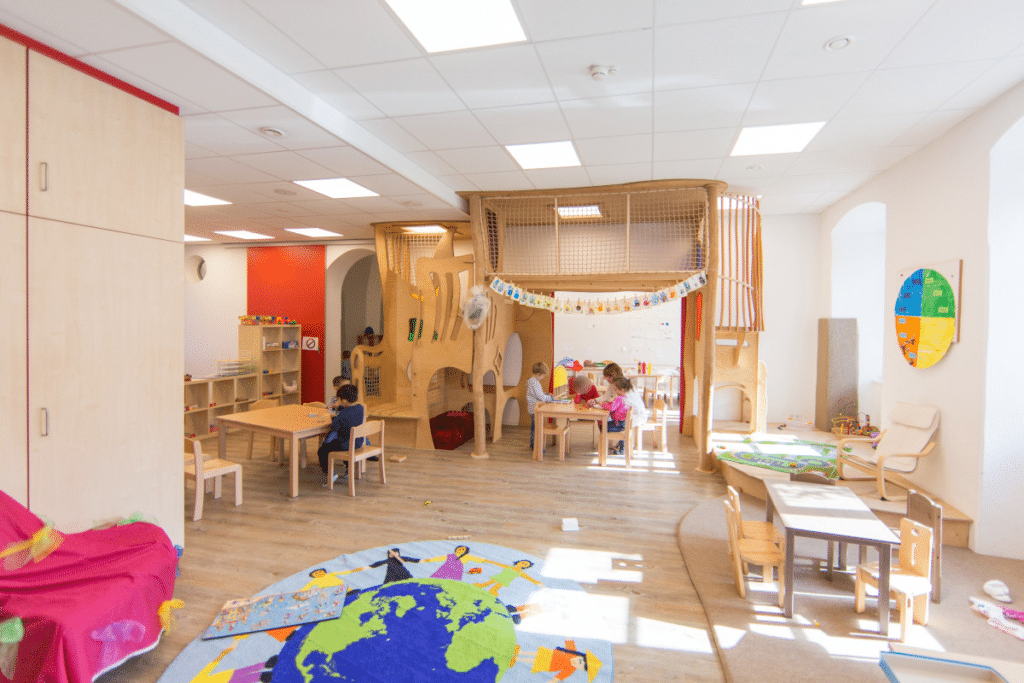
- Safety: The furniture’s safety should be your main consideration. Check if the furniture is strong, stable, and built of materials that are suitable for youngsters.
- Comfort: Because children spend so much time sitting and playing on their furniture, it must be both comfortable and ergonomically made.
- Durability: Kindergarten furniture should be strong enough to resist everyday wear and tear. Search for furniture constructed of high-quality materials and built to last.
- Size: Choose furniture that is sized appropriately for the youngsters who will be utilizing it. They should be able to easily sit and play at the table or desk.
- Functionality: Furniture should be useful and multifunctional so that children may utilize it for a range of activities.
- Aesthetics: Choose aesthetically appealing furniture that complements the decor of your kindergarten. It should be bright and appealing to youngsters.
- Budget: Make a furniture budget and adhere to it. There are several solutions available at various price ranges, so finding the perfect combination of quality and affordability is critical.
You may pick kindergarten furniture that is safe, pleasant, sturdy, useful, visually beautiful, and within your budget by keeping these criteria in mind.
Montessori Kindergarten
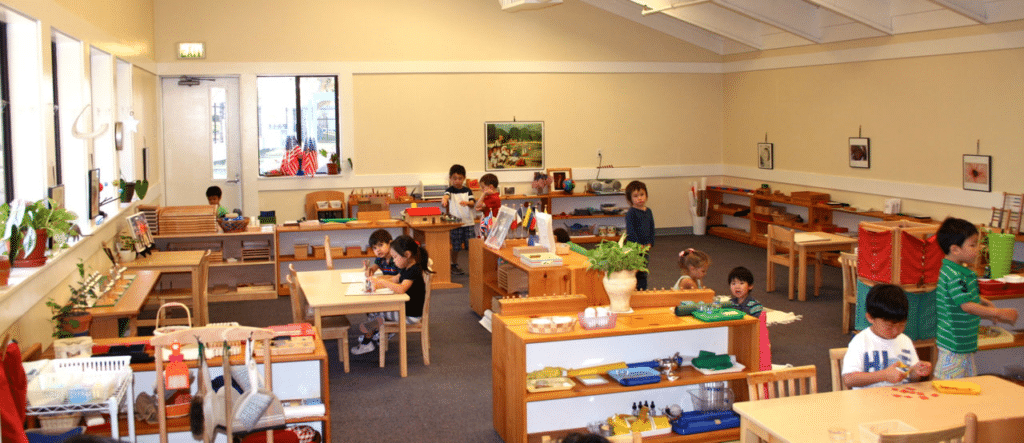
Montessori furniture is intended to complement the Montessori educational system, which stresses independence, freedom within boundaries, and respect for each child’s natural growth. Following are some characteristics of Montessori furniture:
- Child-sized: Montessori furniture is child-sized, with lower-to-the-ground tables and chairs that are proportionate to the child’s height and dimensions. This enables youngsters to readily reach and utilize the furniture without the aid of an adult.
- Natural materials: Montessori furniture is typically made from natural materials such as wood, cotton, and wool. This provides a sensory experience for the child and helps connect them with the natural world.
- Simple design: Montessori furniture is designed with simplicity in mind, without excess ornamentation or decoration. This allows the child to focus on the activity at hand rather than being distracted by the furniture.
- Freedom of movement: Montessori furniture is designed to allow the child to move freely and independently. For example, tables may have cutouts to allow the child to easily move around them, or chairs may be lightweight and easily movable.
- Organization and storage: Montessori furniture is designed to help children learn to organize and care for their own belongings. Shelves and cabinets are often open and accessible to allow the child to see and select materials independently.
- Beauty and aesthetics: Montessori furniture is often designed to be beautiful and aesthetically pleasing, with an emphasis on natural materials, simple design, and attention to detail.
Generally, Montessori furniture is intended to inspire independence, mobility, order, and beauty while supporting the child’s natural growth.
Reggio Kindergarten
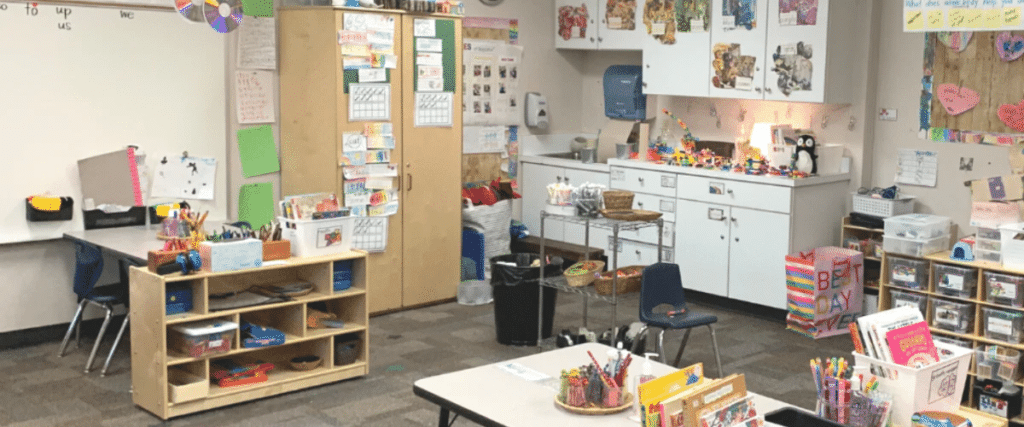
Reggio Emilia is a northern Italian town recognized for its novel approach to early childhood education. The Reggio Emilia method of early childhood education is an educational philosophy that stresses the value of community, cooperation, and creativity. The following are some characteristics of the Reggio Emilia approach to kindergarten education:
- Child-centered curriculum: According to the Reggio Emilia method, children are capable of designing their own learning and the curriculum should be based on their interests and skills.
- Emergent curriculum: The curriculum evolves from the children’s interests and experiences and is created in conjunction with the instructors.
- Collaborative learning: This method emphasizes the value of social contact and teamwork in learning. Youngsters work in small groups or pairs, with the teacher facilitating rather than instructing.
- Project-based learning: Learning is planned around long-term projects based on the children’s interests. Interdisciplinary projects that involve hands-on investigation and experimentation are common.
- Documentation: The method stresses the value of documentation in making learning visible and facilitating communication among teachers, parents, and students.
- Learning environment: The learning environment is carefully designed to encourage exploration, creativity, and collaboration. The classroom is seen as a “third teacher,” and materials are carefully chosen to stimulate children’s curiosity and imagination.
- Parental involvement: The method highlights the role of parents as learning partners for their children. Parents are invited to engage in classroom activities and to work with instructors on curriculum development.
Daycare Kindergarten
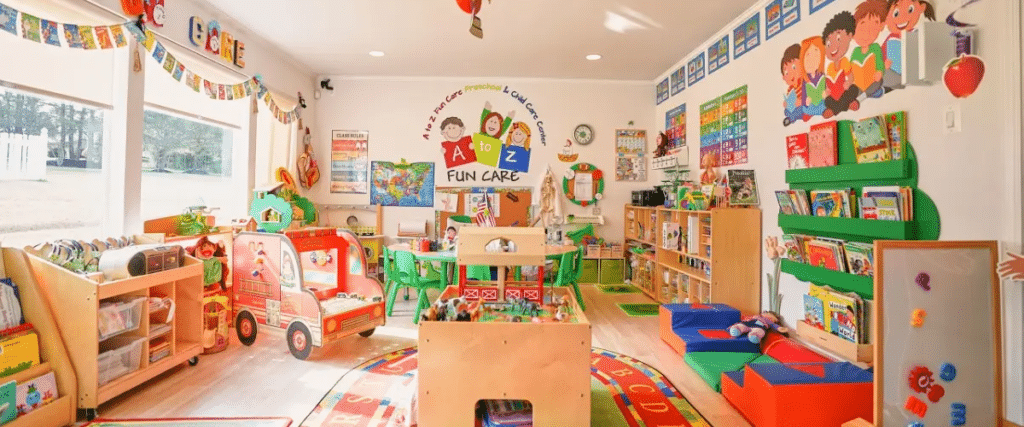
- Age range: Childcare and kindergarten programs normally serve children aged 0 to 5, however this can vary.
- Curriculum: Kindergarten programs often follow a standardized curriculum that focuses on early education, such as reading, writing, arithmetic, science, and social skills. Childcare programs may include educational activities, although they are often less regimented.
- Trained personnel: Both daycare and kindergarten programs should have competent personnel who have received training in working with young children.
- Play-based learning: Both daycare and kindergarten programs often use play-based learning to help children develop important skills and engage with their environment.
- Safety and security: Both daycare and kindergarten programs should have safety and security measures in place to ensure that children are protected and supervised at all times.
- Nutritious meals: Many daycare and kindergarten programs include meals or snacks that are nutritious and appropriate for young children.
- Parent involvement: Daycare and kindergarten programs often encourage parent involvement through regular communication and opportunities for parents to participate in classroom activities or events.
- Flexible scheduling: Many daycare programs offer flexible scheduling options, such as full-time or part-time care, as well as drop-in or emergency care. Kindergarten programs typically have set schedules.
- Age-appropriate activities: Both daycare and kindergarten programs should include age-appropriate activities and materials that are tailored to young children’s needs and interests.
These are just a handful of the amenities available in a childcare or kindergarten program. It’s critical to do your homework and choose a program that fits your child’s requirements as well as your family’s schedule and budget.
Preschools kindergarten
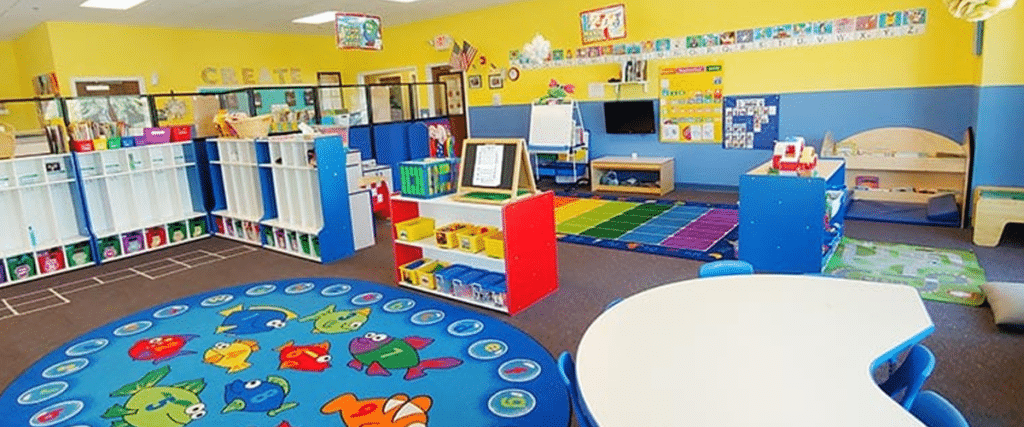
Preschools and kindergartens are educational facilities for children from 2 to 6 years old. They are frequently a child’s first educational experience outside of the family, and they play a vital part in a child’s development. Here are some characteristics that preschools and kindergartens share:
- Age-appropriate curriculum: Preschools and kindergartens often include curriculum that is geared to the needs and skills of young children. This comprises activities and lessons aimed at improving fundamental abilities such as reading, writing, arithmetic, and social skills.
- Play-based learning: Young children learn best through play and discovery, which preschools and kindergartens frequently include into their curriculum. Play-based learning may assist youngsters in developing their creativity, problem-solving abilities, and social skills.
- Child-centered approach: Preschools and kindergartens often focus on each child’s specific needs and interests. Instructors frequently employ a child-centered approach to instruction, which implies that they pay special attention to each child’s strengths and limitations and alter their teaching techniques appropriately.
- Safe and nurturing environment: Preschools and kindergartens prioritize creating a safe and nurturing environment for children. This includes ensuring the physical safety of
- Parental involvement: Several preschools and kindergartens urge parents to participate in their children’s education. This might involve communicating with parents on their child’s development on a regular basis, holding parent-teacher conferences, and providing opportunities for parents to help in the classroom.
- Qualified teachers: Preschool and kindergarten teachers are typically trained in early childhood education and have experience working with young children. They understand the unique needs of young learners and are skilled at creating a positive learning environment.
Preschools and kindergartens, on the whole, provide a secure and loving environment for young children to learn and grow in. They include age-appropriate curriculum, play-based learning, a child-centered approach to teaching, and chances for parent engagement, all of which aid in the development of skills necessary for success in school and beyond.
Therefore, the purchase of kindergarten furniture or the design of the layout of the kindergarten classroom should be selected and designed according to the attributes of the kindergarten to be created. Targeted selection for different age groups, different j education systems is the most correct choice!



